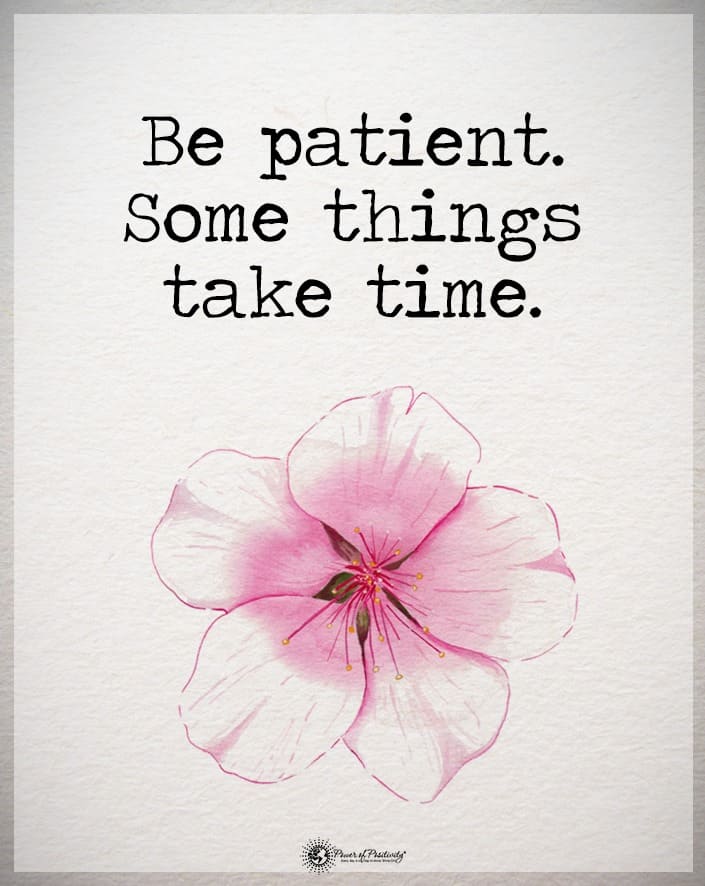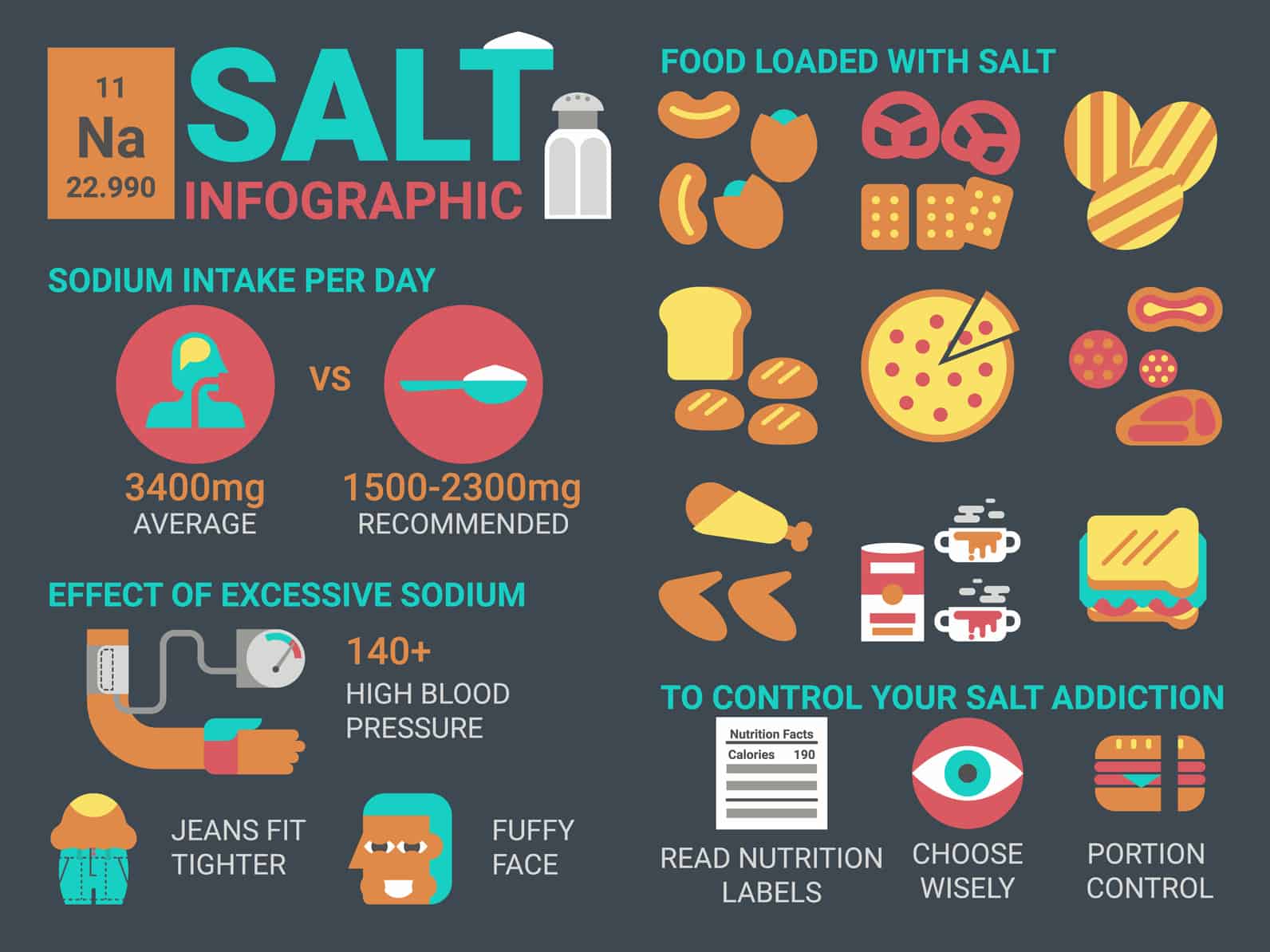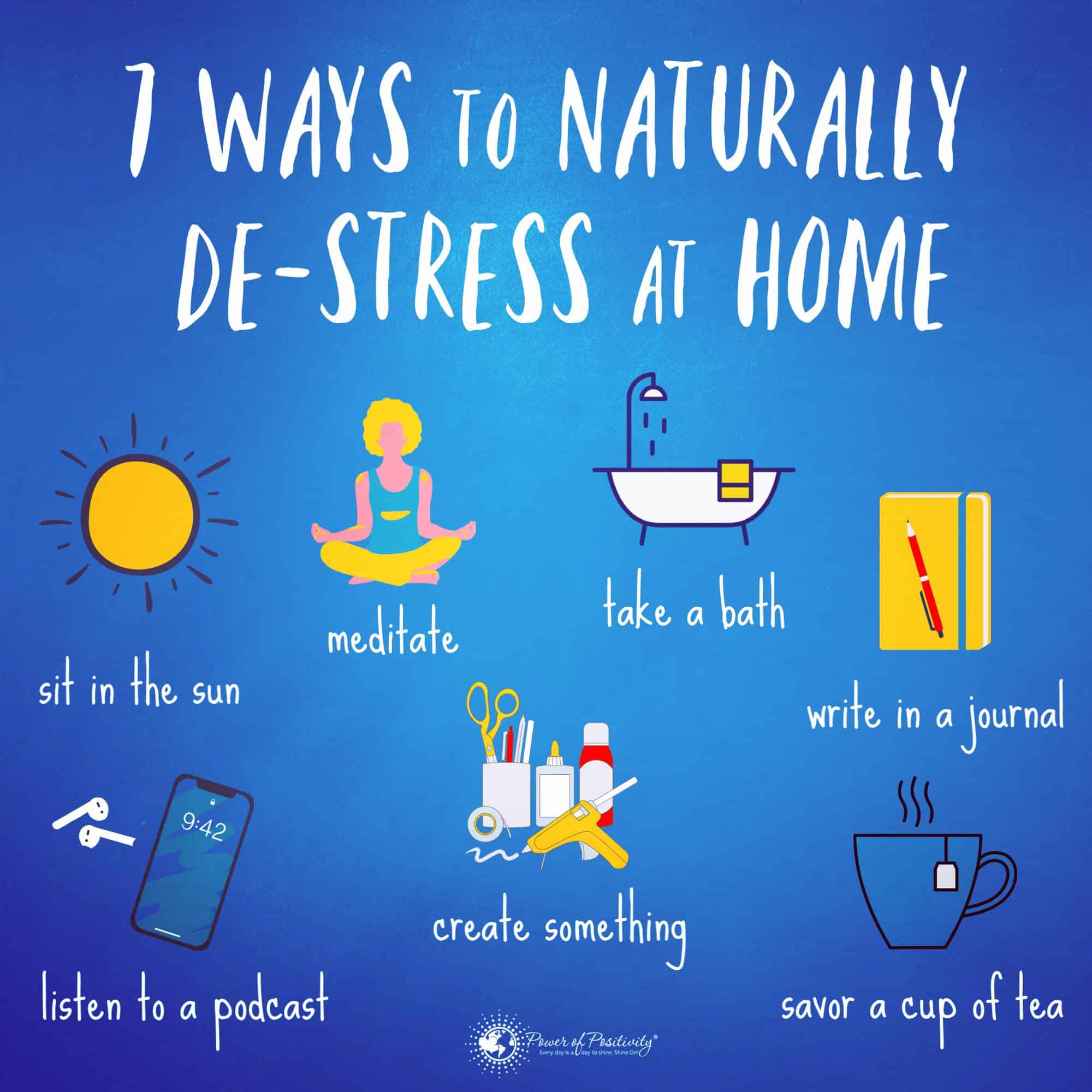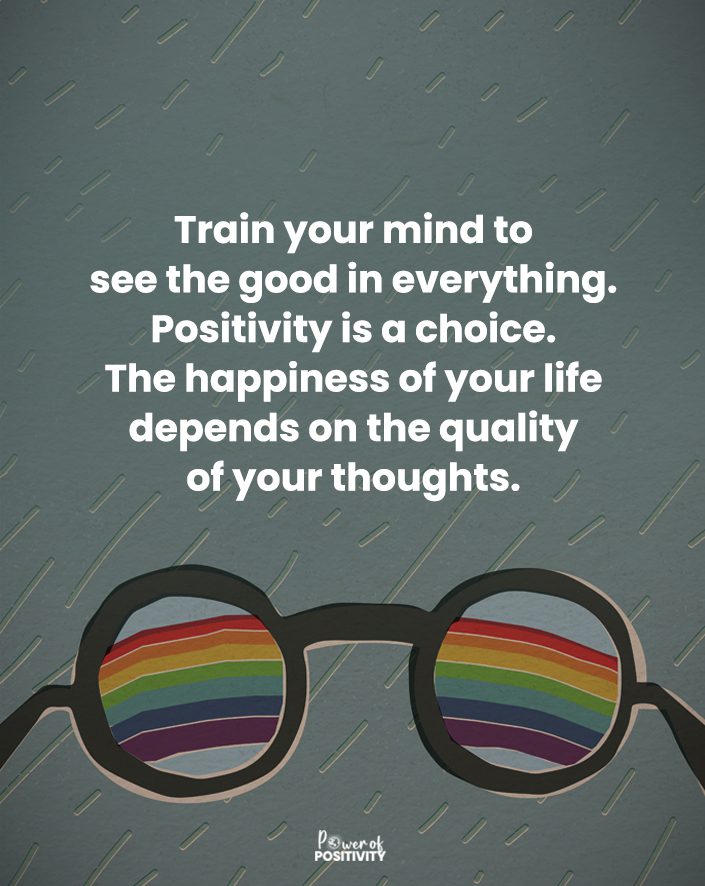If you’re searching for ways to be healthier without trying, it’s a matter of making small changes in your environment. If you had to take 3 flights of stairs for some M&Ms but veggie snacks were right in front of you, the lazy person would choose the healthy snack that was closer, right?
Think about your own habits and the small changes that you can make to put a healthy option in front of you rather than an unhealthy option; then, you’ll be able to get healthier without really trying.
Here are 15 ways to be healthier (without any real effort):
1. Cook more and freeze the extras
While you’re busy making dinner, triple your recipe and freeze 2 full meals for the next time you are craving fast food or don’t have the energy to cook a healthy meal. This can also serve as a lazy way to lose weight, because you won’t have to cook for a few nights, and the food will be much healthier than what you could get at a restaurant.
2. Sleep in your workout clothes
Want to workout in the morning but find it hard to get moving? When you wake up wearing your gym shorts and sports bra, you’ll be more likely to slip on your sneakers and get going, making it one of the best lazy ways to lose weight.
3. Tell people you are going to the gym
The more people who know about it, for example on social media, the more people you will feel accountable to. You don’t want to let them down or have them call you a liar so you are more likely to follow through on your commitment. You don’t really have to do much extra for this to work, making it a lazy way to lose weight without really trying.
4. Park farther away
Just a couple parking spaces further from the door will give you extra steps every day. That little bit of extra walking adds up over time, making it one of the easiest lazy ways to lose weight. We could suggest the same for stairs, but after all, if you’re reading this you might be a little lazy.
5. Sleep more
One of the lazy ways to lose weight without trying is to sleep more. Get at least 7 hours per night to stay healthy; but not more than 8 hours per night. Researchers have shown that both too little and too much sleep are risk factors for obesity.
6. Flex while you sit
Another one of the lazy ways to lose weight fast is to squeeze different muscle groups while you sit at your desk or watch TV. Squeeze your buttocks and hold for a count of 8, release and squeeze again. You can repeat this for your thighs, abs, etc.
7. Eat with your non-dominant hand
Eat with your left hand if you are right-handed. Another option for easy ways to get healthier, it will slow down the speed that you are able to put food in your mouth. Slowing your rate of eating can help you to feel full faster. Hopefully the extra time will lead you to stop eating before you clean your plate.
8. Picture something gross on whatever you’re craving
Craving movie popcorn? Imagine a roach crawling over that buttery stuff and you might just change your mind about that craving. See, you can find ways to be healthier without trying, even if those methods seem a bit strange at first.
9. Fidget
Even tiny movements can add up to big results over time, and plus, these are easy, lazy ways to lose weight. Fidgeting is better than sitting still when it comes to calorie burning. Constant, low-level activity over a long duration is like endurance training on a tiny level.
10. Eat off of blue plates
There are very few foods that we naturally eat that are blue in color. Our brains are programmed to associate certain colors with food and appetite than others. Green, red, yellow, orange and brown are more common food colors and these are more likely to trigger our salivary glands and food desires than blue.
11. Stop eating when you are no longer hungry, not when you’re full
After a Thanksgiving meal you feel so full that you can hardly think about pie. Clearly you should stop eating before you feel that level of overly full. Think about your hunger on a sliding scale from haven’t eaten anything for 2 days to after a Thanksgiving meal. Instead of stopping when you are full, stop eating when you are no longer hungry; a very simple action, but nonetheless, an easy way to get healthier.
12. Eat the same thing for breakfast and lunch
Have you ever noticed how you eat much more food at a buffet than you would at home? The more variety we have in our diet, the more we tend to eat. Make your meals boring and you’ll want them less. For example, restrict yourself to soup only for lunches all week; it might take some getting used to, but it is still an easy way to get healthier.
13. Eat off of smaller plates
If you went to an antique store for dinner plates you would see that the size of our dinner plates has grown in the last 50 years or so. What we would call a salad plate today was the size of a normal dinner plate at in the 1950’s. The same is true for coffee cups, bowls and even glassware.
14. Go high tech
Technology is supposed to make our lives easier so enlist the help of some apps on your phone to keep you on track. You can find apps for healthy eating, physical activity, and personal health and wellness as well apps to help with mental and emotional health. Set up push notifications for reminders to get active or stay on track with your diet. This requires little work on your part, making it a truly lazy way to lose weight fast.
Wearable digital technology like the Fitbit increases your awareness of your activity level as well as other measurements of your health like heart rate. One study found that the more game-like fitness technology was, the more likely someone was to use it regularly. Find a device that you can have fun with and let it do the work of a personal fitness assistant for you.
15. Blame something else, not your lack of motivation
In a study of reasons why people might not exercise, those who gave reasons that were external, like a car breaking down or the gym not being open were more likely to exercise than those who blamed their own lack of energy or motivation.
It seems that if you don’t consider yourself too lazy to work out, you are more likely to make the effort. Change your attitude about exercise, and you’ll find this is one of the best ways to improve your health.









